Day of the Dead and Casas & Gente
Hanal Pixan
One thing you will notice about Yucatan is that it goes almost silent during the week or two before major holidays. These holidays are extravaganzas that require every waking moment of Yucatecos time for sometimes weeks before the big day arrives. Such is certainly the case with the Day of the Dead (Hanal Pixan), combined with All Souls Day the next day. Houses must be cleaned, altars built and improved upon from last year, and an unbelievable amount of food must be cooked (the famous "pibs". hand-formed pies made of masa with chicken or turkey and beans). No time to do anything but get ready for one of the most wonderful festivals of the year. Day of the Dead is a festival that is held throughout the nation and is one of the concepts that ties all of the people of Mexico together, wherever they are in the world.
Merida in the Press
A recent and very favorable article showed up in the Christian Science Monitor, all about the cenote at Yokdzonot (you can see our video of it here: The Secret Cenote of Yokdzonot) and the women who helped clean it up and make it into a destination. This month's Casas y Gente magazine, the Spanish-language equivalent to Town & Country, is featuring Merida. There are articles on the restaurant at Villa Maria, Alma Reed, indigenous and helpful herbs and many beautiful photos of both modern and traditional homes in Merida and the surrounding area. Merida shares the issue with articles on Diego Rivera, making this an issue well worth picking up at your newsstand.
The Mayans of San Francisco
Speaking of "wherever they are in the world". did you know there is now a thriving community of approximately 23,000 Mayans in the San Francisco-San Rafael area of California? Over the past decade, they have formed quite a close community and have sufficient numbers to become the rising stars of local culture. They hold the Vaqueria regularly and have a Carnival float with a replica of a plaza on it, with children in traditional costumes dancing all of the traditional dances. They have a cultural leader, a 100% Yucateco who is a former teacher in Yucatan, and they have a well organized Mayan Association. They continue to speak the Mayan language and observe all religious holidays, including those associated with their Mayan roots. As their numbers have grown, they have opted to enter the restaurant business, rather than trades or agriculture, and their Yucateco food is quite popular these days. We did have to laugh a bit upon reading one of their restaurant reviews. It was all about the food - but bring your own beer or wine. True Mayans, they evidently put a license to sell alcohol far down on their list of necessities. We have a friend in San Francisco and hope to do an article on this community in the near future. If you know any Mayan parents whose children have gone to that area of California, please let them know how proud they can be of their 100% Yucateco Mayan community in San Francisco and San Rafael.
Bokobá Goes Online
Its official! The Internet is coming to Bokobá, a small municipality 44 km from Merida and to the southeast of Motul. In 1700, the census listed the people as simply 481 "Indians." The 17th century church is called the Templo de la Virgen de la Asunción. There is a hacienda in Bokobá, called Mucuyche, that is no longer open to the public and the area has 5 cenotes, two of which are in caverns and have transparent water. For those of you who "festival junkies," you want to mark your calendars for the time around the end of April / first of May, when Bokobá celebrates The End of the Novenario of Santo Cristo de las Ruinas de Aké. Bokobá also celebrates in honor of la Virgen de la Asunción on August 15, and for those of you who love good, country cooking - when you head off in the direction of Bokobá, you're headed for the land of comfort food, such as sweet potatoes, pumpkin, and coco. The language spoken by 865 of the 1,974 inhabitants of Bokobá is pure Mayan. You know the world is getting smaller by the second when a tiny, rural Yucateco municipality, with a total population of under 2,000, mostly Mayans who continue to speak their indigenous language, will be surfing the net, right along with you.
Wash Local Agricultural Products Well
It has come to our attention that, in some (not all) areas of the southern part of the state, some nasty pesticides and herbicides are still being used because they are cheap ways to control pests and weeds. Many of these chemicals have been banned in other countries. UADY has just become aware of this and is currently taking steps to stop this practice and find better ways to help Yucatecos protect and raise their crops. Since we cannot always be certain of where our produce comes from, it is a good idea to wash all produce well, just as a precaution.
The Art of Living Well for Senior Citizens in Yucatan
One of the hallmarks of Yucateco culture has always been non-stop culture for ninos. However, modern medicine being what it is, Yucatan is now experiencing a boom in the numbers of the elderly, who are no longer willing to just sit at home "waiting for God." This is a more active elderly generation than ever before. If isease or infirmity is a problem, they want programs to help them with that. If entertainment is a problem, they want that too. The number of art and dance workshops for seniors is astonishing these days because it seems almost as if they simply appeared, full blown and functioning. We think we just noticed one phrase, found in the titles of everything from workshops at the Olimpo to lectures at UADY, that explains what is going on with the senior citizens of Yucatan. That phrase is "the art of". The senior citizens of Yucatan, supported by research and programs developed by both the State of Yucatan and UADY, are working toward developing living well and healthy as an art! Why of course they are! This is, after all, Yucatan - where the art of living well has been of great value for thousands of years.
Credit Card Issue Comes Up Again
As more and more tourists head for Mexico, especially in the winter, this is probably a good time to talk about using your credit card to pay for things SOB (South of the Border). For example, suppose you dine at a restaurant and the menu is in pesos, and your bill comes in pesos too. You hand the waiter your credit card and, when it comes back for your signature, you notice that the bill has been converted to dollars and will be charged to your credit card in dollars. Hold up - don't sign that ticket! Your credit card company is perfectly capable of charging your bill in pesos - and at a quite favorable exchange rate. You have no idea what exchange rate the restaurant has used, but it is a safe bet that it is not in your favor. The best advice, from all of the financial sites, is: If the price is in pesos, pay in pesos. If the price is in dollars, pay in dollars. It is no fun to find out that you have been clipped for $2 or $3 USD on many of your purchases just because you allowed someone else to choose the exchange rate. Try asking the establishment to please charge your card in pesos.




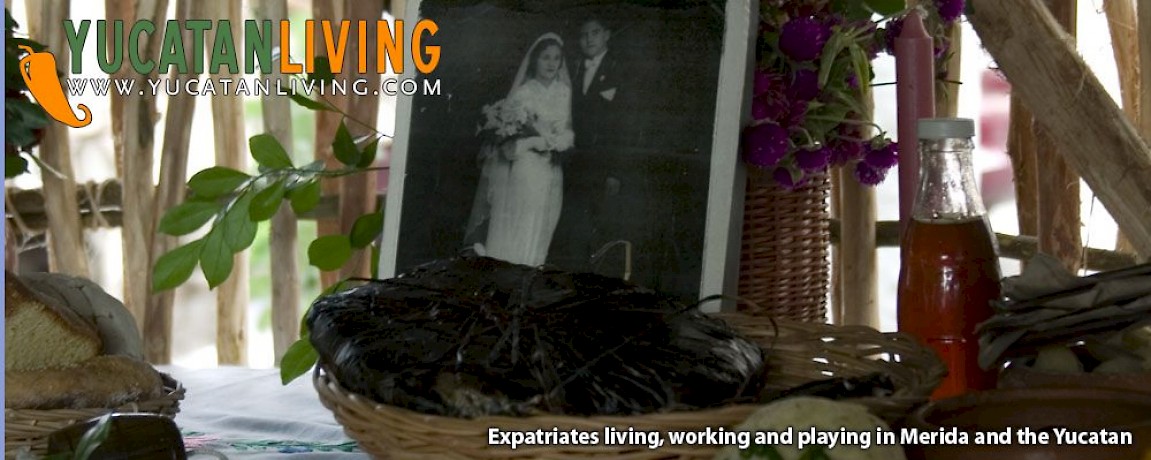


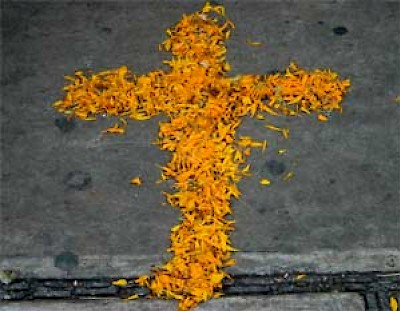
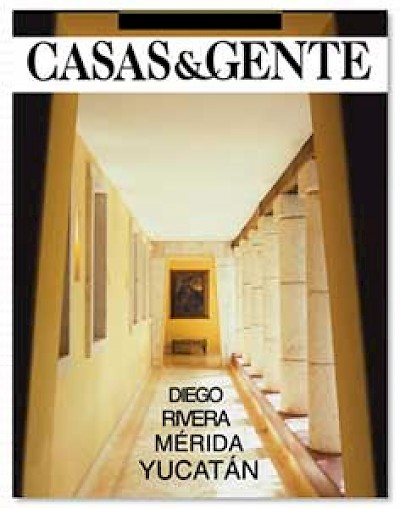
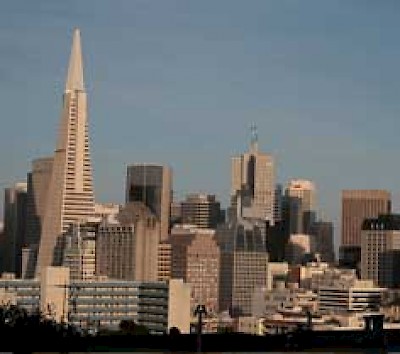
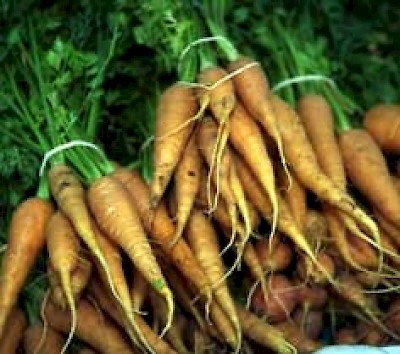
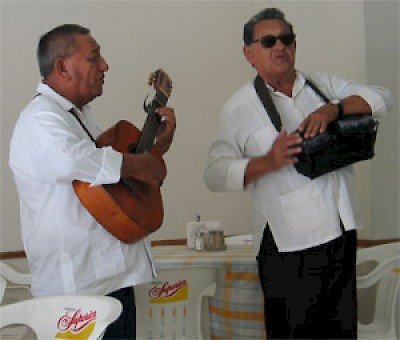

Comments
Khaki 18 years ago
I was thrilled when CitiBank came to Merida – initially believing their claim about how easy and inexpensive it would be to transfer money to and from the States and Mexico… It is neither inexpensive nor easy – I went to their website and discovered (a) their charges and fees are half-hidden and through the roof (being sneaky with listing fees is a big red flag) and (b) it would take a team of Philadelphia lawyers to figure out how to “really†use their online banking – so… I’ll just keep my fee free Capital One card and get my pesos from the ATM at BANAMEX at either Plaza Fiesta or in Progreso - no muss, no fuss, no bother - and no charge.
Reply
Tito 18 years ago
Bettye had better luck than many other Citibank customers who have complained about the three percent currency conversion fees imposed by that institution, as well as most other U.S. banks, for ATM withdrawals as well as debit card use in foreign countries. Credit union cards are known to be more equitable in these manners.
These practices have been instituted with full knowledge that the greatest negative impact would be in Mexico. So much for Free Trade.
The restaurant conversion process mentioned is unfortunately part of a growing downtown Mérida rewns to gouge tourists with unfavorable exchange rates, and to tack on service charges and tips without customer permission. Mexican businesses are supposed to charge in the country´s national currency, and customers have every right to refuse to accept card charges made in dollars.
Reply
Bettye 18 years ago
Your citibank atm card is accepted at BANAMEX atms without fees and withdrawals up to $5000 pesos per day so sometimes it's easier to get pesos and skip the credit cards
Reply
Khaki 18 years ago
Woops - just looked at the currency conversions fees from the above post. I bank with Capital One - guess that makes a difference... the only one with no fees or other charges... :)
Reply
Khaki 18 years ago
I have used my MasterCard for years - with never a problem and never a surcharge. But the only place I use it is at ATMs at BANAMEX - Then take the cash and make my purchases or pay bills.
Reply
Allison Morrill 18 years ago
See this comparison of currency conversion fees by various cards.
Reply
Patrick 18 years ago
It is interesting to see the article regarding the charging of credit cards with Pesos instead of Dollars. As someone who is getting ready to move to Chelem in the next six weeks, I have been checking with my credit card companies regarding surcharges for international use of my credit cards. I am finding that most of my credit card companies are charging an additional three percent (3%) for international use.
Can anyone recommend a card company that does not do this? I have only noticed this in the last 18 months or so and have not had this problem in the past but find it is now happening with four different cards.
Sincere thanks to anyone who can help.
Patrick
Reply
Grant 18 years ago
I have terrible luck with my Visa card in Mexico. Last time I came down, I called their security department to let them know I'd be using the card in Mexico, and that I expected to make a big non-tourist purchase (a washing machine), so please don't freak out and stop my card when I'm down there.
"Oh yes sir, we've made a note in your file. You should have no problems. Have a nice trip."
You can guess what happened next. Bought that washing machine and next thing you know the card doesn't work. Had to call their international collect no. (thank you Jen and Jorge at Tierra Yucatan!) to find out the card was suspended for a suspicious purchase. You mean the one I called to tell you I was going to be making?
"Yes sir, our computer does that automatically." Ugh.
Even when it is working, my US Visa doesn't work very well in Mexico. I hear AmEx works better, but there's no getting around it-- Mexico is a cash economy. Outside of WalMart and some very fancy restaurants, you better bring a fistfull of those colorful pesos.
Reply
(0 to 8 comments)